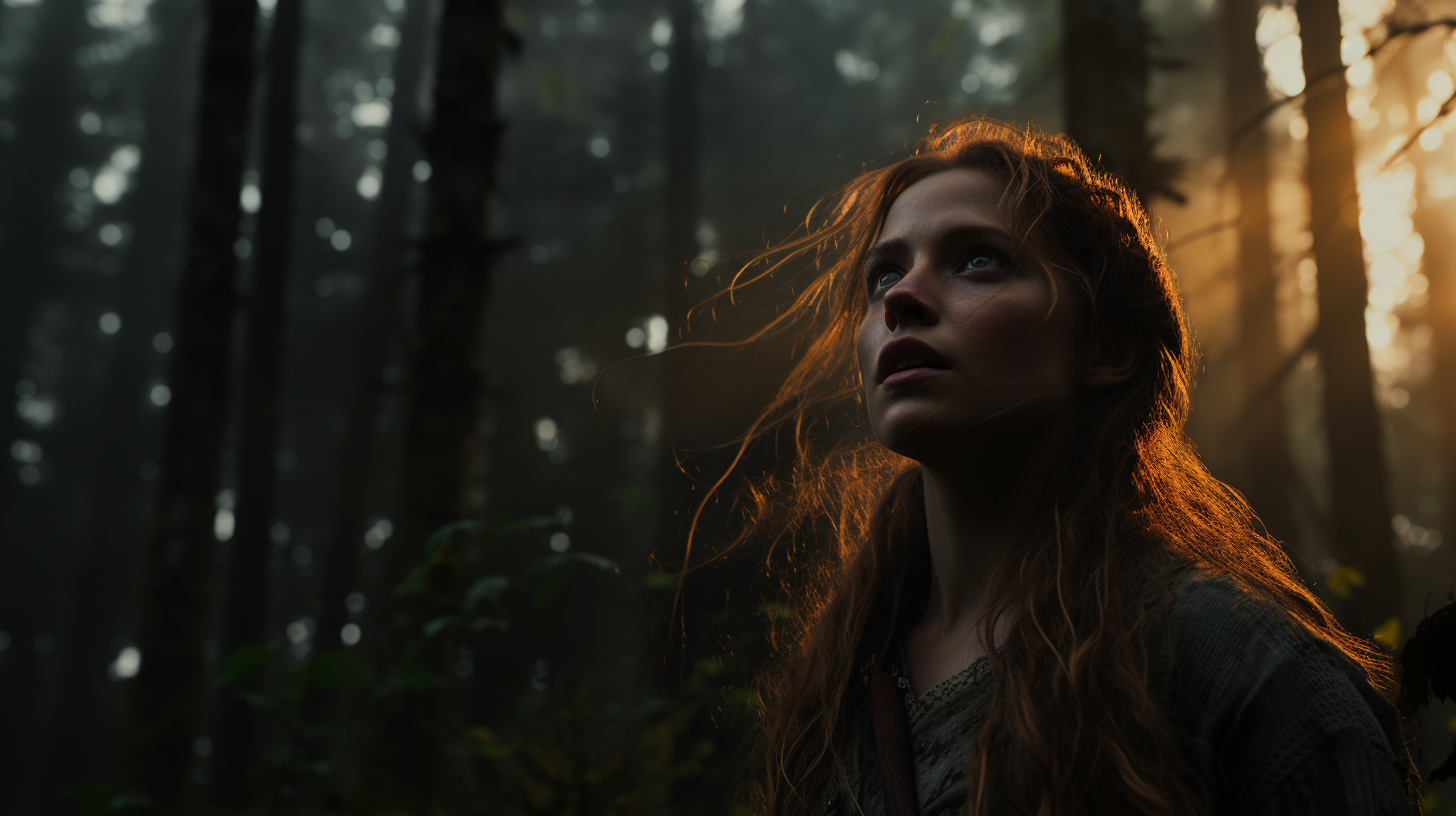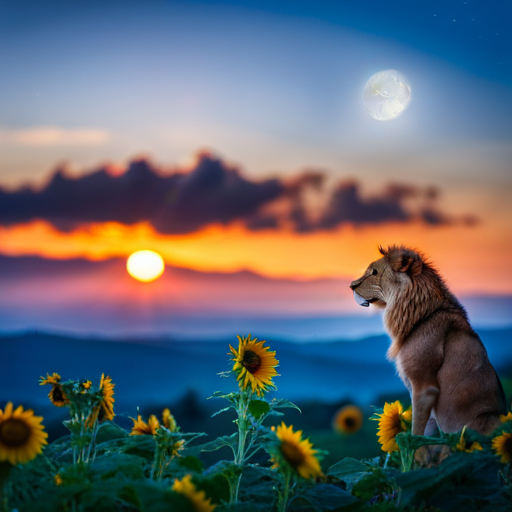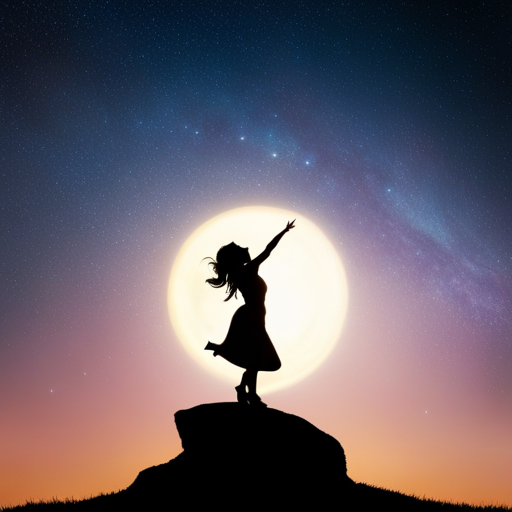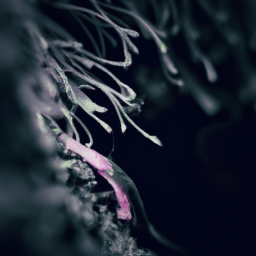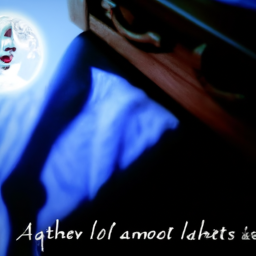In the famous words of the adage, “A picture is worth a thousand words.” F. Scott Fitzgerald’s classic, The Great Gatsby, exemplifies this concept, as the symbols within the story beautifully illustrate the essence of the American Dream.
Through the use of powerful imagery, Fitzgerald invites you to delve into a world where symbols hold a deeper meaning, transcending their mere physical presence.
The green light at Daisy’s dock, the valley of ashes, the eyes of Doctor T.J. Eckleburg, the mansion of Jay Gatsby, the automobiles, the color white, the symbolic use of names, the American flag, and even the weather and seasons all play a crucial role in unraveling the complex layers of the American Dream.
By exploring these symbols, you will gain a deeper understanding of how they represent the hopes, aspirations, and illusions that are at the very core of the American Dream.
So, let us embark on a journey through these symbolic landscapes, and discover the profound impact they have on the pursuit of the elusive American Dream.
Key Takeaways
- The symbols in ‘The Great Gatsby’ such as the green light, the valley of ashes, the eyes of Doctor T.J. Eckleburg, and Gatsby’s mansion all represent different aspects and layers of the American Dream.
- The green light symbolizes Gatsby’s obsession with Daisy and his relentless pursuit of the American Dream.
- The valley of ashes serves as a representation of industrial decay and social stratification in 1920s America, highlighting the challenges and inequalities faced by individuals striving for the American Dream.
- The eyes of Doctor T.J. Eckleburg symbolize moral decay and disillusionment, suggesting that the American Dream may not be as pure and promising as it seems.
- Gatsby’s extravagant parties, symbolizing the shallow nature of the American Dream, and the use of the color white to represent a facade of innocence and purity that masks corruption, further emphasize the illusory nature of the American Dream.
The Green Light at Daisy’s Dock
As you stand on the shore, gazing at the flickering green light at Daisy’s dock, you can’t help but feel a surge of longing and hope, for it represents the elusive American Dream that beckons you to pursue your desires and strive for a brighter future.
The green light, with its symbolic meaning, holds a profound significance in the novel. It embodies Gatsby’s obsession with Daisy and his relentless pursuit of the American Dream. The light acts as a beacon, guiding Gatsby towards his aspirations and fueling his determination. It represents the idea that anyone, regardless of their background, can achieve success and happiness.
However, as we delve into the subsequent section about ‘the valley of ashes,’ we begin to see the darker side of the American Dream, shattering the illusions of grandeur and exposing the harsh reality of the pursuit.
The Valley of Ashes
Nestled between the glittering lights of the city and the opulent mansions of the wealthy, the Valley of Ashes stands as a desolate wasteland, a haunting reminder of shattered hopes and unfulfilled ambitions. The symbolism of the Valley of Ashes in ‘The Great Gatsby’ is clear and powerful, representing the industrial decay and social stratification that plagued 1920s America.
The ashen landscape mirrors the moral decay of society, emphasizing the emptiness and corruption that lies beneath the surface.
The desolation of the valley highlights the vast divide between the rich and the poor, illustrating the harsh reality of the American Dream.
The omnipresence of the ashes serves as a constant reminder of the consequences of the pursuit of wealth and material success.
The Valley of Ashes also reflects the destruction caused by the unrestrained pursuit of wealth, where dreams are reduced to ashes and the promise of a better life is nothing but an illusion.
Transitioning into the next section, the haunting presence of the eyes of Doctor T.J. Eckleburg further deepens the themes of disillusionment and moral decay.
The Eyes of Doctor T.J. Eckleburg
Perched above the Valley of Ashes, the haunting presence of Doctor T.J. Eckleburg’s eyes serves as a constant reminder of the disillusionment and decay that permeates society. Symbolically representing the moral decay of the American Dream, these eyes, framed by a pair of spectacles, gaze down upon the desolate wasteland below.
The eyes, lacking any discernible emotion, seem to watch over the characters and their actions, silently judging the corruption and immorality that surrounds them. As the symbol of an indifferent and detached authority figure, Eckleburg’s eyes are a stark contrast to the ideals of the American Dream, exposing the hollowness and emptiness that lies beneath the surface.
Transitioning into the subsequent section about the mansion of Jay Gatsby, the eyes of Doctor T.J. Eckleburg serve as a haunting backdrop to the extravagant facade and hidden secrets of Gatsby’s world.
The Mansion of Jay Gatsby
Hidden behind its grand facade, Jay Gatsby’s opulent mansion stands as an allegory of a hollow existence, mirroring the emptiness and longing that consumes its enigmatic owner.
The mansion, with its lavish parties and extravagant displays of wealth, symbolizes the American Dream of success and material abundance. Yet, beneath its glittering surface, lies a profound sense of loneliness and emptiness. Gatsby’s extravagant lifestyle, filled with parties and excess, is ultimately a facade, masking his deep longing for love and acceptance.
The mansion, with its empty rooms and echoing hallways, serves as a constant reminder of Gatsby’s isolation and the hollowness of his existence. It represents the cost of pursuing the American Dream without true fulfillment.
As we delve further into the symbolism of Gatsby’s life, we will explore how the automobiles, another prominent symbol in the novel, further illustrate the themes of wealth, success, and the pursuit of happiness.
The Automobiles
Imagine yourself cruising down the open road in one of Jay Gatsby’s luxurious automobiles, feeling the thrill of speed and power as you escape the confines of your mundane existence. Gatsby’s automobiles in ‘The Great Gatsby’ represent more than just a mode of transportation; they symbolize the social status and the pursuit of wealth that characterizes the American Dream.
These cars are not just any ordinary vehicles; they’re extravagant, opulent, and serve as a visible display of Gatsby’s wealth and success. In seeing these automobiles, one can’t help but feel a sense of awe and envy. The gleaming exteriors and the powerful engines evoke a feeling of aspiration and desire for the social status that comes with wealth. The sight of these cars reminds us of the lengths people will go to attain their dreams and the sacrifices they’re willing to make. It’s a reminder that the pursuit of wealth can consume individuals, leading them to prioritize material possessions over genuine human connections.
Transitioning into the subsequent section about ‘the parties and extravagance’, one can’t help but wonder how these lavish parties and extravagant displays of wealth fit into the larger narrative of the American Dream.
The Parties and Extravagance
As you step into the world of Jay Gatsby’s extravagant parties, you can’t help but be swept away by the overwhelming opulence and grandeur that surrounds you.
These lavish gatherings serve as symbols of Gatsby’s relentless pursuit of the American Dream, where wealth and materialism are central. The parties are a spectacle of excess, with champagne flowing, live music playing, and guests adorned in expensive attire. They represent the idea that success can be measured by the size of one’s mansion, the number of fancy cars in the driveway, and the opulent displays of wealth.
By hosting these extravagant events, Gatsby seeks to elevate his social status and reputation, hoping to win back the love of Daisy Buchanan. The parties symbolize the shallow nature of the American Dream, where appearances and material possessions hold more value than genuine human connections.
As we transition into the subsequent section about ‘the color white,’ we begin to uncover the deeper layers of symbolism within Gatsby’s world.
The Color White
Step into the world of Jay Gatsby’s extravagant parties, where the color white envelops you like a soft, pure snowfall, symbolizing the facade of innocence and purity that masks the corruption and deceit lurking beneath the surface.
The symbol of white in The Great Gatsby represents the aspiration for a perfect and untainted life that the characters strive for, but ultimately fail to achieve. White is often associated with purity and innocence, yet in this novel, it serves as a reminder of the characters’ inability to escape their past and the consequences of their actions.
The white façade of Gatsby’s parties is a symbolic purity that hides the moral decay of the Jazz Age. As the story progresses, it becomes evident that this symbolic innocence is merely an illusion, as the characters’ true colors are revealed, much like the subsequent section about the symbolic use of names.
The Symbolic Use of Names
Enter the world of F. Scott Fitzgerald’s The Great Gatsby, where the characters’ names act as subtle clues to their true identities, weaving a web of intrigue and deception. The symbolic significance of the names in the novel goes beyond mere labels; they represent deeper meanings and character associations.
-
Daisy Buchanan: The name ‘Daisy’ symbolizes purity, innocence, and fragility, reflecting her delicate and ethereal nature.
-
Jay Gatsby: Gatsby’s name is a play on the word ‘gatsby,’ which means to live lavishly and excessively. This represents his pursuit of the American Dream and his desire to reinvent himself.
-
Tom Buchanan: The name ‘Tom’ is short and strong, reflecting his assertive and dominant personality.
These names not only give us insights into the characters’ personalities but also serve as a commentary on the illusionary nature of the American Dream. As we delve deeper into the symbolic use of names, we can further uncover the complexities of Fitzgerald’s critique on the pursuit of wealth and happiness in the Jazz Age.
Transitioning into the subsequent section about the American flag, we explore another symbol that holds significant meaning in The Great Gatsby.
The American Flag
The waving stripes and shining stars of the American flag beckon with a hidden message in The Great Gatsby, captivating readers with their mysterious allure. As a symbol of the American Dream, the flag holds historical significance and represents the ideals of freedom, equality, and opportunity. Throughout the novel, the flag is portrayed as a beacon of hope and a reminder of the possibilities that America holds.
The evolution of the American flag parallels the evolution of the characters’ aspirations and dreams in the story. Just as the flag has changed over time, so too have the dreams and desires of the characters. The flag serves as a constant reminder of the ever-changing nature of the American Dream.
As the story transitions into the subsequent section about the weather and seasons, the symbolism of the flag continues to shape the narrative.
The Weather and Seasons
As the story transitions into the subsequent section about the weather and seasons, readers are captivated by the atmospheric elements that add a layer of depth and symbolism to the narrative. The weather and seasons in ‘The Great Gatsby’ serve as a symbolic representation of the characters’ desires and the elusive nature of the American Dream.
Throughout the novel, the changing seasons mirror the characters’ changing fortunes and emotions. The brightness and warmth of summer symbolize hope and vitality, while the cold and desolation of winter represent disillusionment and despair.
The weather, with its unpredictable and ever-changing nature, reflects the fleeting nature of the American Dream itself. Just as the weather can shift from sunshine to storm in an instant, so too can the characters’ dreams and aspirations be shattered or fulfilled.
Frequently Asked Questions
How does the color green symbolize the American Dream in The Great Gatsby?
The color green in The Great Gatsby symbolizes the American Dream through its association with wealth and prosperity. It represents the desire for material success and the pursuit of a better life.
The green light at the end of Daisy’s dock represents Gatsby’s aspiration to win her back and achieve his version of the American Dream.
The color symbolism of green highlights the significance of wealth in the pursuit of happiness and the corrupting influence it can have on individuals.
What is the significance of the Valley of Ashes in relation to the American Dream?
The significance of the valley of ashes lies in its symbolism and its representation of the decay of the American Dream. It serves as a stark contrast to the lavish and opulent lifestyle of the characters in the novel.
The valley of ashes symbolizes the harsh realities of social inequality and the failure of the American Dream. It represents the moral and spiritual decay that results from the pursuit of wealth and material success, highlighting the emptiness and disillusionment that underlie the American Dream.
How do the eyes of Doctor T.J. Eckleburg represent the corruption of the American Dream?
The eyes of Doctor T.J. Eckleburg in ‘The Great Gatsby’ symbolize the corruption of the American Dream. These eyes, depicted on a billboard in the Valley of Ashes, represent the all-seeing, unfeeling nature of society.
The eyes observe the characters’ immoral actions and the decay of their dreams. They serve as a constant reminder of the moral decay and corruption that lies beneath the surface of the American Dream, highlighting the harsh reality that success doesn’t always equate to happiness.
What does Jay Gatsby’s mansion symbolize in terms of the American Dream?
Jay Gatsby’s mansion symbolizes the allure and illusion of the American Dream. The symbolism in Gatsby’s mansion lies in its grandeur and extravagance, representing the pursuit of wealth and material success. It embodies the belief that wealth can bring happiness and fulfillment.
However, beneath the surface, the mansion also reflects the emptiness and corruption that can accompany the relentless pursuit of wealth. It highlights the role of wealth in the American Dream, showing how it can lead to a shallow and ultimately unfulfilling existence.
How do the automobiles in the novel represent the pursuit of the American Dream?
Automobiles in The Great Gatsby symbolize the pursuit of the American Dream through the display of wealth. In the 1920s, cars were a luxury only the rich could afford, and Gatsby’s extravagant collection of automobiles showcases his immense wealth and success. The author uses these symbols to emphasize the importance of material possessions in achieving the American Dream.
The automobiles serve as a tangible representation of Gatsby’s ambition and the lengths he went to attain his desired social status.
Conclusion
In conclusion, the symbols in ‘The Great Gatsby’ provide a powerful visual representation of the American Dream.
One interesting statistic to note is that the green light at Daisy’s dock is mentioned a total of 17 times throughout the novel. This recurring motif symbolizes Gatsby’s hopes and dreams, as well as the unattainable nature of the American Dream itself.
By analyzing these symbols, we gain a deeper understanding of the themes and messages conveyed by F. Scott Fitzgerald in his iconic portrayal of the pursuit of wealth and happiness in 1920s America.


